PRS Guitars Introduces Private Stock Santana I Limited Edition
PRS Guitars
The PRS Crossroads Pre-Factory Santana I Limited Edition is modeled after the first guitar that Paul Reed Smith built for Carlos Santana. In the fall of 1980, Smith made his way backstage to meet Santana before a gig in Maryland. Santana played an all-mahogany prototype that night and agreed to commission a young Paul Reed Smith to build him a guitar. While they were talking, Santana picked out maple as the top wood for this instrument after looking through a scrapbook Smith had with him (Howard Leese’s famous Golden Eagle was the inspirational picture). Made in thirty days’ time and delivered in November of 1980, the original instrument was only Smith’s third maple-top guitar. This guitar inspired a life-long relationship between Carlos Santana and Paul Reed Smith that would prove critical to PRS Guitars’ success. The PRS Crossroads Pre-Factory Santana I Limited Edition celebrates this pivotal partnership and the beginning of PRS Guitars along with it.
“Crossroads is a present-day international concert institution. To build these historic Santana instruments for this event is an honor.”
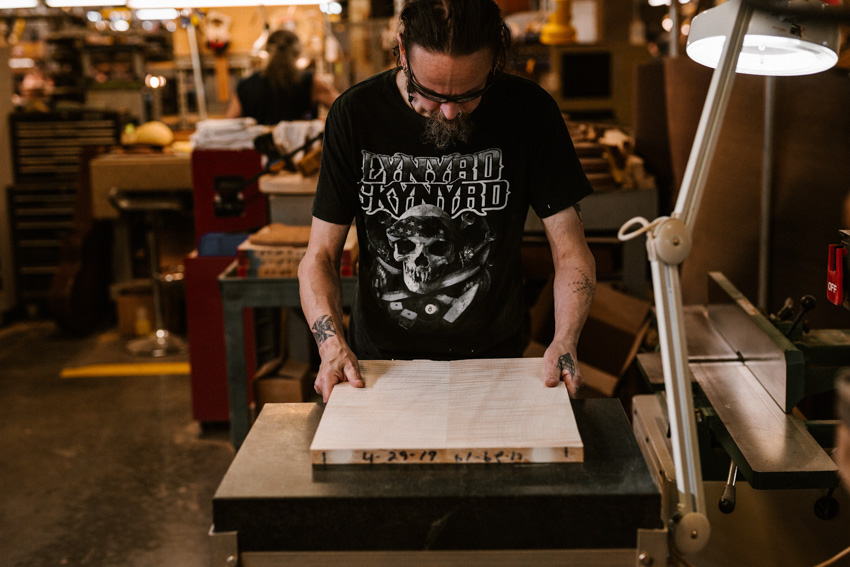
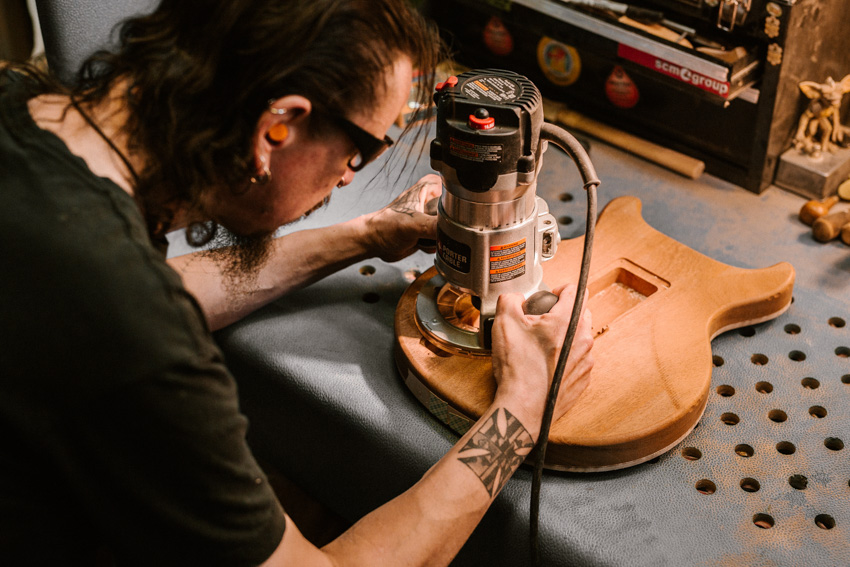
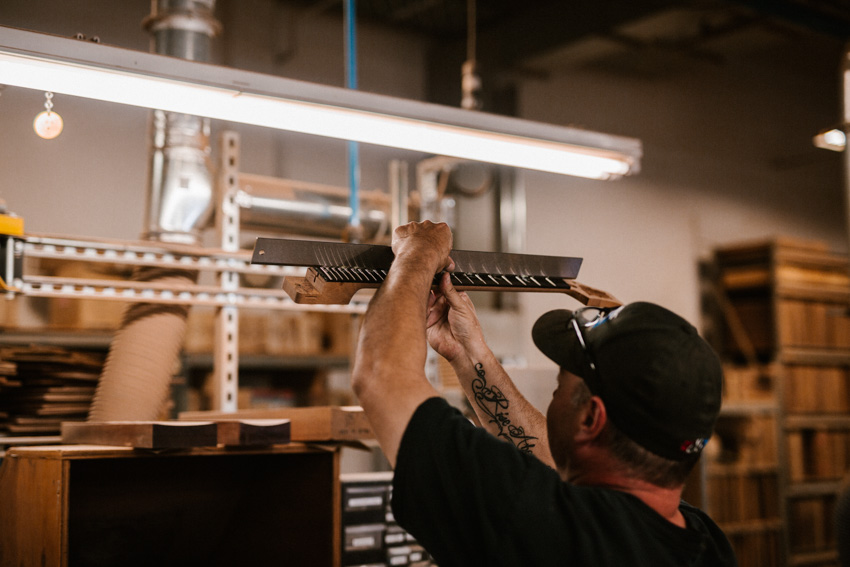


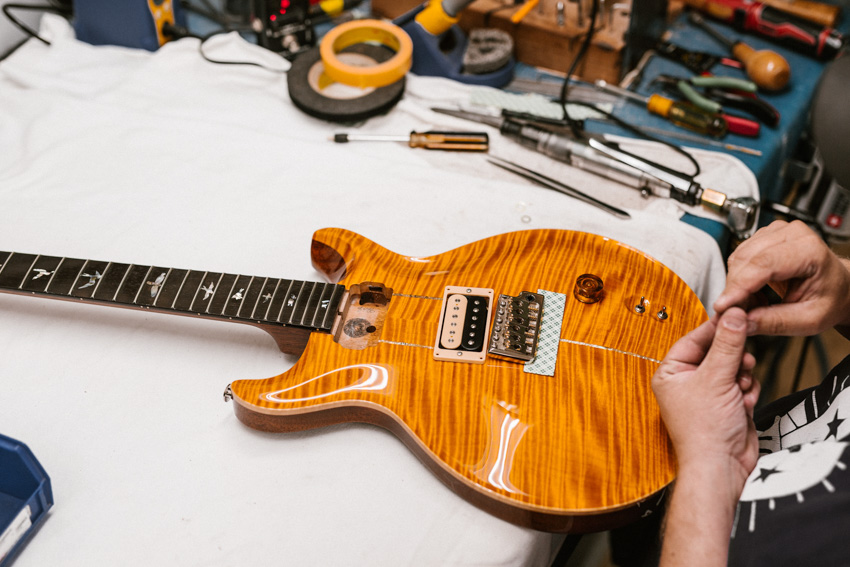
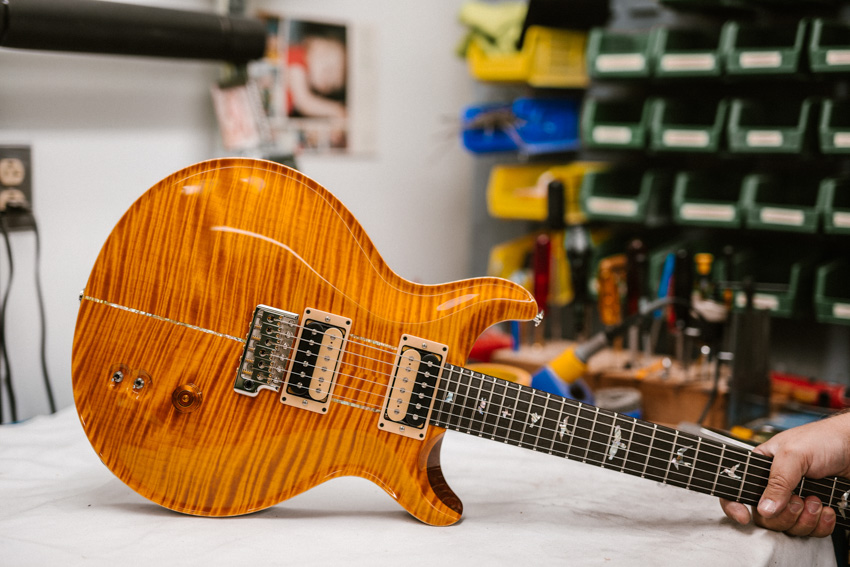
PRS Guitars
Some unique features of the PRS Crossroads Pre-Factory Santana I Limited Edition include the body shape, inlays, pickups, and electronics.
The pre-factory body shape was the predecessor to the current PRS Santana body shape.
The fretboard inlays are fashioned after PRS “pre-factory” style birds and are made from solid-shell abalone. There is a pre-factory eagle on the headstock veneer, an “OM” symbol on the truss rod cover (which would become a hallmark of PRS Santana models), and a green ripple abalone purfling strip on the guitar’s top.
The pickups include an HFS treble and Santana bass pickup. Both pickups have been through PRS’s new TCI (tuned capacitance and inductance) methodology, which essentially fine-tunes pickup specs and voicing to the exact desired tone and musicality.
The electronics set up, one volume control and two mini-toggles, was fashioned after a guitar that featured soapbar pickups, so the mini-toggles functionally turn the humbuckers on and off (instead of coil-splitting, which is more common on modern PRS guitars). Santana requested this layout even though a 3-way toggle would have essentially done the same job.

